Megapixels Explained – What It Is & 9 Cameras With a High MP
Hire film gear from local filmmakers.

Hire film gear from local filmmakers.
If you've ever used a camera, you've probably come across the word megapixels.
But what does it mean? And how many pixels does it take to get a megapixel?
All that and more you'll learn in this article. We'll go through the meaning of megapixels, what they do, and even showcase some high megapixel cameras.
While you're at it, you can also check out our article on camera equipment. Here you will find all the necessary and helpful accessories and equipment you need for your next shoot!

What are megapixels in a camera?
In short, megapixels determine the resolution of your digital images. Megapixel is a term you use to classify a specific amount of pixels, to be more precise, one million pixels.
Pixels are small squares that make up digital images. So you'll not see them (unless you're REALLY zooming in), but they're there, trust me!
The more megapixels on a camera, the sharper the images will be. Each square on the grid holds fewer smaller parts of the actual image. Think of it kind of like if you're knitting a sweater. The stronger the pattern, the better the quality.
That's not to say that megapixels are the only thing you should look out for when getting a camera, but you'll still want a certain amount of megapixels.
The more megapixels you have, the larger the image files will be, and for websites that compress images, they can end up worse than lesser megapixel pictures. That's because online downscaling software typically deletes random pixels, which can take away key features of the image.
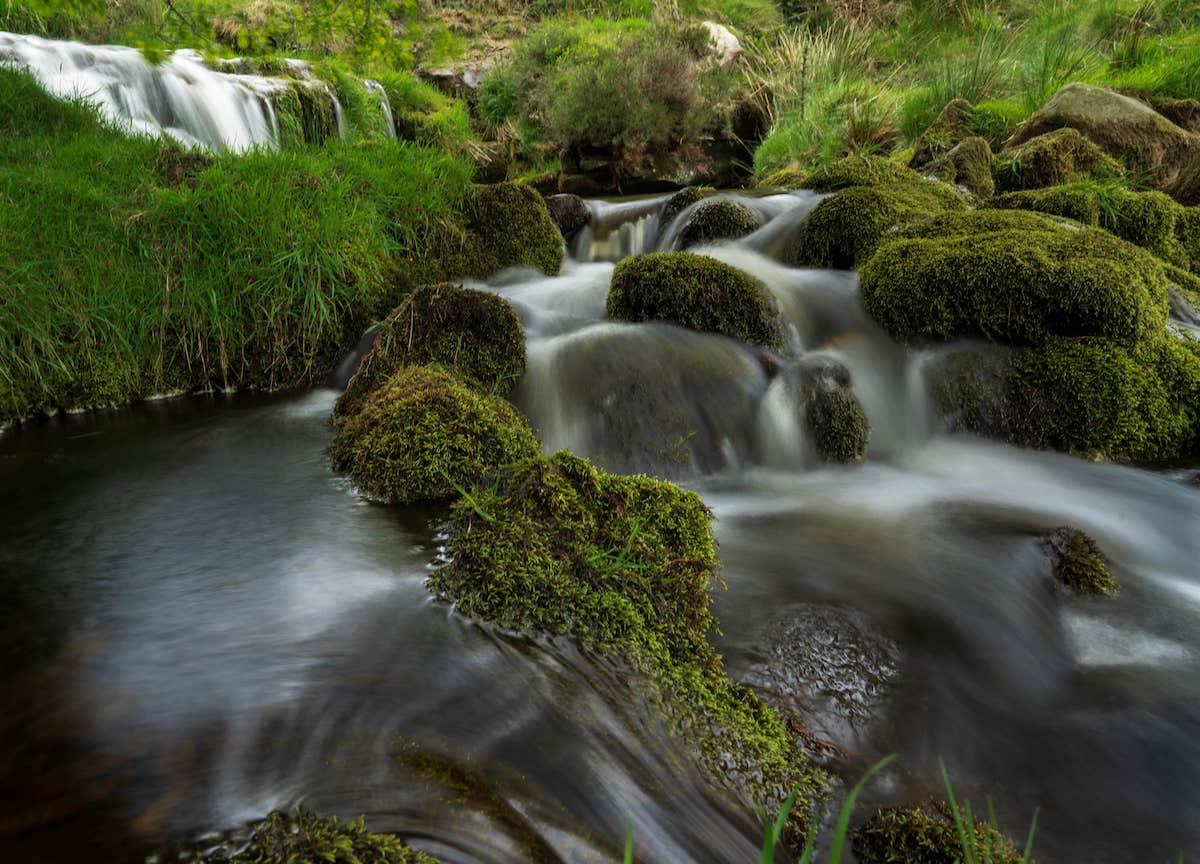
How many megapixels do you need?
So how many megapixels do you need?
It depends on what you need the images for. Most websites compress the images, so your resolution is reduced anyway.
Typically the required megapixels for social media photos are low, very low. In fact, you could get away with shooting in under 2 MP for most sites because of the resolutions they downsize it to.
However, I would still recommend you use a camera with a higher MP because it will allow you to crop images without losing quality.
If you're wondering how much you need for each social media site, we've listed the requirements for the most popular sites.
- For LinkedIn, your profile photo has to be 400 x 400 pixels, 0.16 megapixels.
- Your cover photo must be at least 1,500 x 500 pixels, which requires 0.75 megapixels.
- Instagram requires 1080 x 1350, which means you'd need 1.4 megapixels.
- For Pinterest, you can have up to 3000 x 2000 pixels, which requires 6 megapixels.
- For Facebook, your profile picture can be up to 2014 x 2048 resolution, which means you'd need 4.1 megapixels.
- Your cover photo should be around 851 x 351 pixels requiring 0.29 megapixels.
Google photos
- Google supports and stores images in up to 16 megapixels, and if your image is higher resolution than that, it will be downsized.
- Twitter uses the same resolution requirements as LinkedIn. So your Twitter profile picture requires 400x400 pixels, meaning it only requires 0.16 megapixels.
- Your Twitter header image is 1500x500 resolution, which requires 0.75 megapixels.
What are the highest megapixels in a camera?
Most of the highest megapixel cameras have a native resolution of 151 megapixels.
The camera Hasselblad H6D-400C Multi-Shot has a native resolution of 100 megapixels. But with the Multi-shot feature, it can shoot images with an output of 400 megapixels.
The 9 highest megapixel cameras
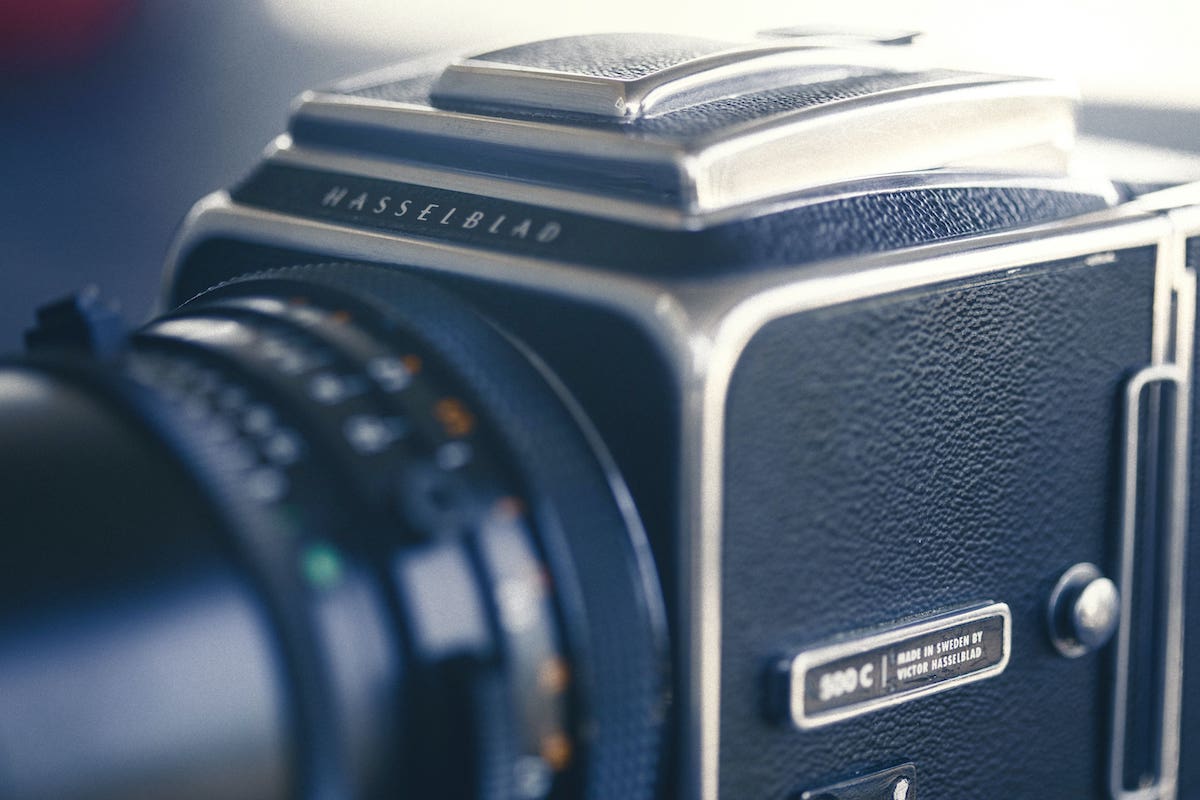
1. Hasselblad H6D-400C Multi-Shot
- Mount: Hasselblad H
- Sensor: 53.4 x 40mm CMOS 100 MP (with a 400 MP output)
- Shutter speed: 1/2000 to 60 minutes
- ISO: 64-12,800
- Maximum video resolution: 4K UHD
- Screen: 3" LCD touchscreen.
Pros:
- 400 megapixels output
- Has high shutter speed capabilities
- Great video resolution
- Great focusing
Cons:
- Huge image files
- Pixel-shift image capture
- Shooting in multi-shot requires tethered connection to a computer.
2. Phase One XF IQ4 150MP Camera System
- Mount: Phase One
- Sensor: 53.4 x 40 mm CMOS 150 MP
- Maximum video resolution: can't shoot video
- Shutter speed: 1/4000 to 60 minutes.
- ISO: 50-25,600
- Screen: 3.2" LCD touchscreen.
Pros:
- 155 MP native resolution
- Backside Illuminated technology
- Capture One is integrated into the Infinity Platform, meaning more advanced control of your RAW files.
- Tethering features that make it easier to use in a studio.
Cons:
- The camera doesn't shoot video
- Costly camera
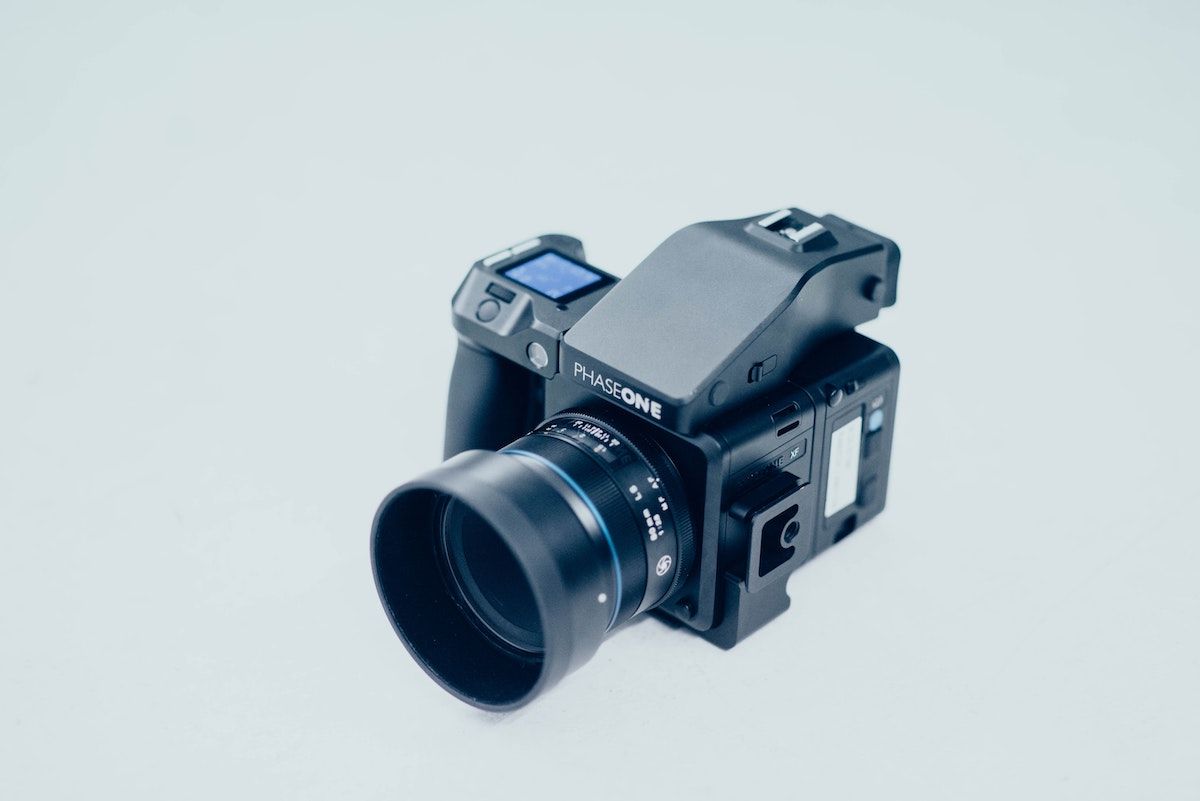
3. Phase One XT
- Mount: Phase One
- Sensor: 53.4 x 40mm CMOS 151 MP
- Maximum video resolution: Doesn't record video
- Shutter speed: 1/1000 to 60 minutes
- ISO: 50-25,600
- Screen: 3,2" LCD touchscreen.
Pros:
- Intuitive touchscreen
- Great quality materials used
- Infinity Platform is excellent and flexible
- Outstanding performance at large apertures
Cons:
- Limited use of lenses
- Very expensive - not for amateurs
4. Fujifilm GFX 100S
- Mount: Fujifilm G
- Sensor: 43.8 x 32.9mm CMOS 102 MP
- Maximum video resolution: 4K / 30 fps
- Shutter speeds: 1/4000 to 30 s
- ISO: 100-12,800
- Screen: 3,2" LCD touchscreen.
Pros:
- Great working phase-detection autofocus
- Great value for money
Cons:
- Mediocre in-body stabilization
5. Sony A7R IV
- Mount: SONY FE
- Sensor: 35.6 x 23.8 mm full-frame 61 MP
- Maximum video resolution: 4K
- Shutter speeds: 1/8000 to 30 s
- ISO: 100-32,000
- Screen: 3" LCD touchscreen.
Pros:
- Full frame
- Great video resolution
- Relatively cheap camera
Cons:
- Mediocre in-body stabilization
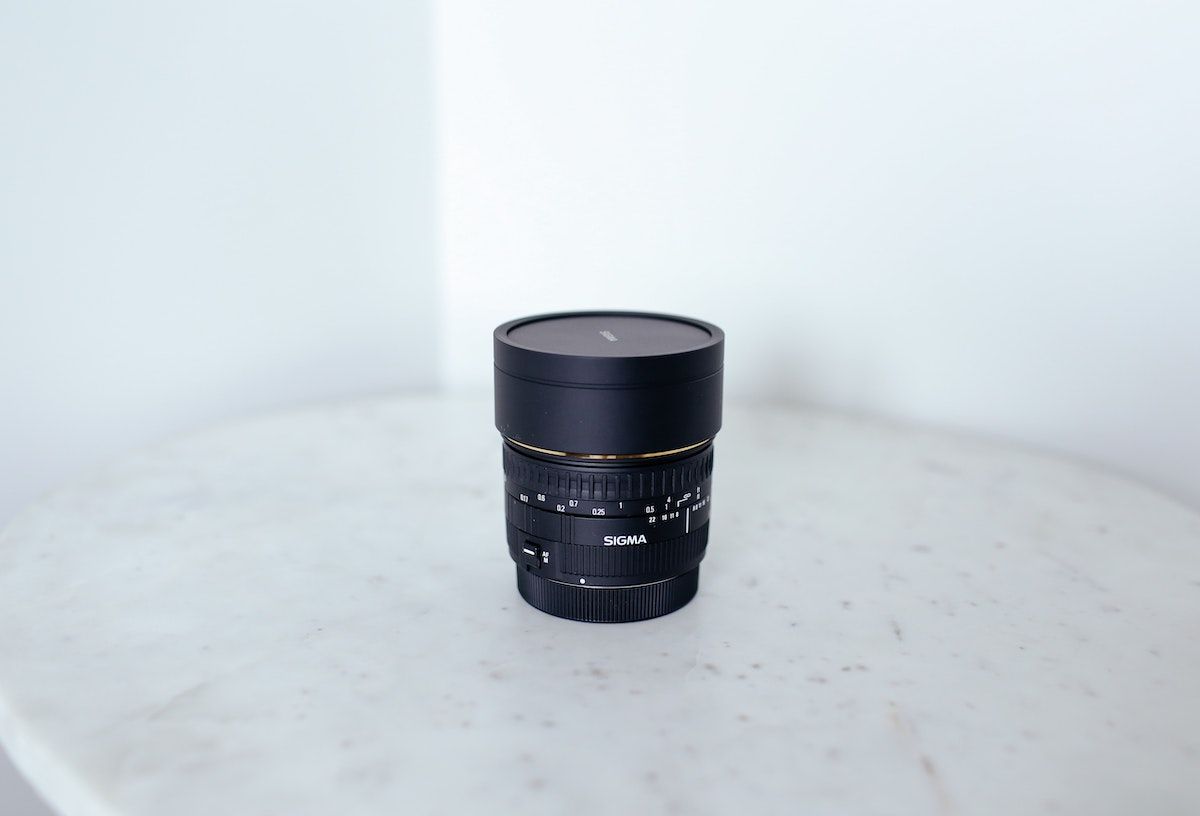
6. Sigma fP L
- Mount: L mount
- Sensor: 36 x 24mm CMOS 61 MP
- Maximum video resolution: 4K 30p
- Shutter speeds: 1/8000 to 30 s
- ISO: 100-25,600
- Screen: 3.15" LCD touchscreen.
Pros:
- Compact
- Lightweight
- Full-frame
Cons:
- Lack of in-body stabilization
- Autofocus is not that good
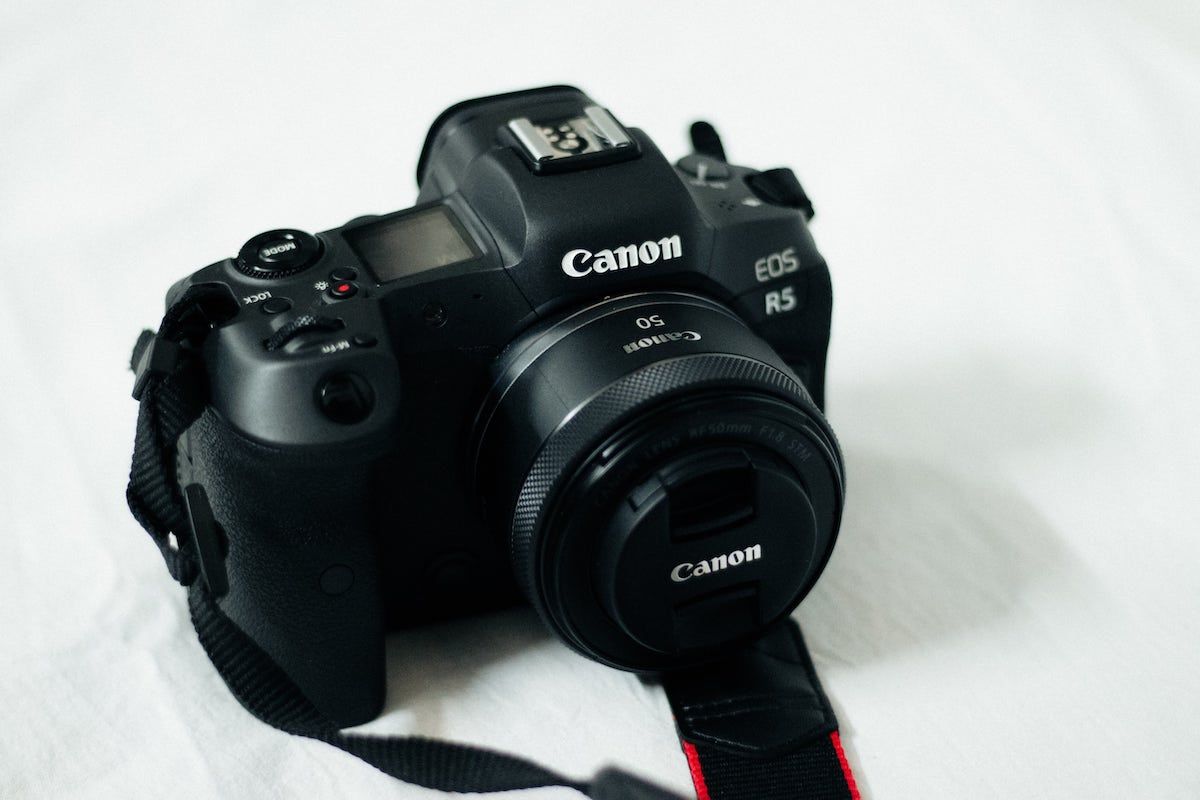
7. Canon EOS R5
- Mount: Canon EF
- Sensor: 36 x 24 mm CMOS 45 MP
- Maximum video resolution: 8K RAW
- Shutter speeds: 1/8000 to 30 s
- ISO: 100-25,600
- Screen: 3.15" LCD touchscreen.
Pros:
- Comfortable use
- Great autofocus capabilities
- Incredible video quality
Cons:
- Limited recording options
- The camera can get very hard during video recordings.
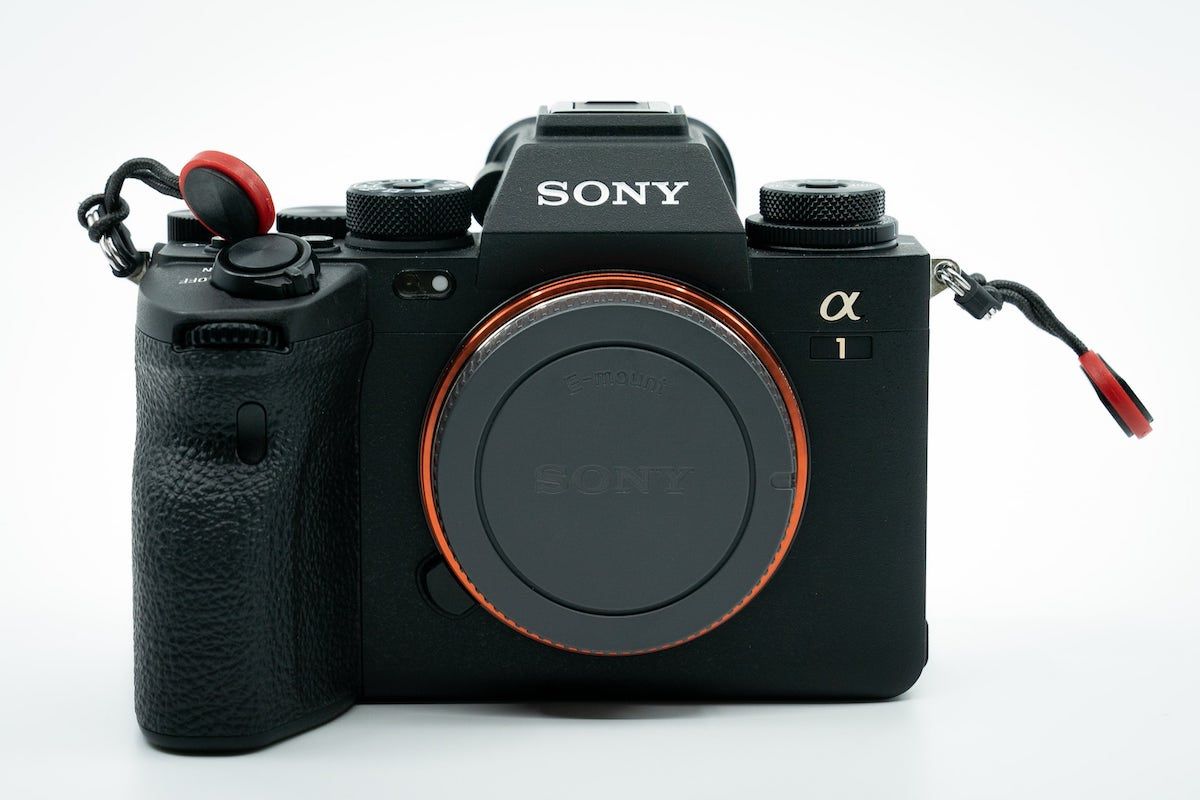
8. Sony Alpha 1
- Mount: Sony E-mount
- Sensor: 35,9 x 24 mm CMOS 50.1 MP
- Maximum video resolution: 8K
- Shutter speeds: 1/8000 to 30 s
- ISO: 100-32,000
- Screen: 3" LCD touchscreen.
Pros:
- Great video quality
- Great and silent shutter
- Autofocus works quite well
Cons:
- It doesn't fit every hand
- Relatively expensive
9. Panasonic Lumix S1R
- Mount: Hasselblad H
- Sensor: 36 x 24 mm CMOS 47.3 MP
- Maximum video resolution: 6K
- Shutter speeds: 1/8000 to 60 s
- ISO: 50-51,200
- Screen: 3,2" LCD touchscreen.
Pros:
- Amazing autofocus capabilities
- USB charged
- Great viewfinder and touchscreen
Cons:
- Video quality could be better
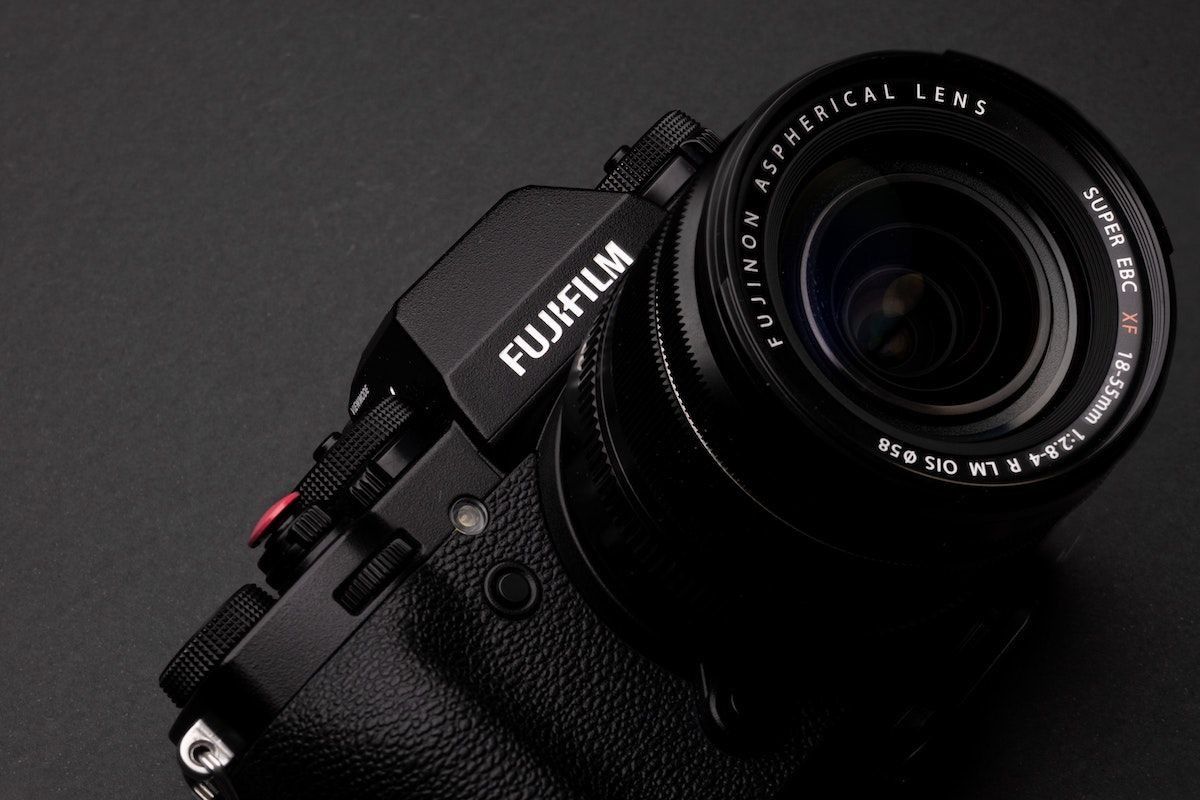
Rent or subscribe to a camera
Do you want to try out a camera with high megapixels?
Head over to our site to rent or subscribe to a camera now.
Camera Rental: Save Money with Wedio
5sHshmF1n_Y
Rent Camera Gear: Access Pro Equipment
qqHXJy6AWlc
Camera Hire: Take Your Production to The Next Level
71PttfqWPXk
FAQ
What is the highest megapixel camera?
The highest megapixel camera is Hasselblad H6D-400C Multi-Shot which can give an output of 400 MP.
What is a good megapixel camera?
1. Hasselblad H6D-400C Multi-Shot
2. Phase One XF IQ4 150MP Camera System
3. Phase One XT
4. Fujifilm GFX 100S
5. Sony A7R IV
6. Sigma fP L
7. Canon EOS R5
8. Sony Alpha 1
9. Panasonic Lumix S1R
What are megapixels in a camera?
Megapixel is a term you use for one million pixels. The more megapixels on a camera, the sharper the images will be.






















